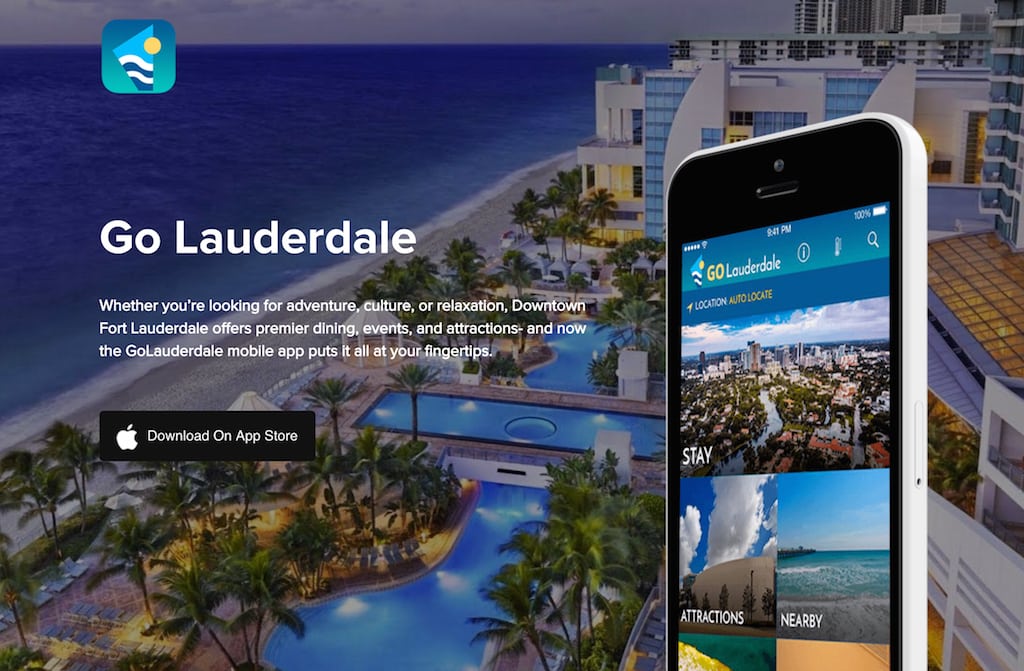How the Rise of Smart Cities is Impacting Travel and Tourism

Skift Take
This is the first time we've been able to make a direct causal link between smart city infrastructure and a cohesive consumer-facing tourism application leveraging the Internet of Things. This is the future of travel.
The exponential growth of the Internet of Things (IoT) and the surge of open data platforms provided by city governments worldwide is providing a new foundation for immersive, travel-related mobile products and services.
All of that new IoT infrastructure and previously inaccessible data is what's driving the development of smart cities as digital platform economies. The real value comes when third party developers build new mobile-first, cloud-first digital platforms for new users on top of that rapidly expanding IoT grid and open data ecosystem.
In the travel and tourism sector, Civic Resource Group is an example of one of those third party developers. In the simplest terms, city agencies and private businesses are storing more and more digital information in the cloud. Companies such as Civic Resource Group develop IT systems like the CivicConnect platform that collects and remasters that cloud data to create smart travel apps.
"Open data policies are becoming the norm for municipalities nationwide," according to Government Technology. "This unprecedented access to public information stands to transform civil society entirely, but its value hits a ceiling when that information cannot be easily exchanged."
In December, the Fort Lauderdale Downtown Development Authority and Palm Springs Bureau of Tourism both launched new city apps with augmented reality (AR) functionality developed by Civic Resource. The company is also developing similar platforms for Luxembourg and Dublin.
Those apps pull information from data collated in the CivicConnect platform in those cities, collected from sources ranging from public transportation to special event permits to beacon sensors spread throughout the city.
So now, when users point their devices in a specific direction, for example, the devices identify beacons in that location that initiate AR messaging in the app to deliver ancillary information designed to "augment" the travel experience. That information includes websites, so people can now just point their phone at a restaurant or hotel and access their websites without having to use search.
Likewise, the new apps track public transportation in real time, and using geolocation, they provide multiple options for interesting itineraries in the destination. Users can also access hundreds of listings for hotels, restaurants, shops, attractions, and events through the in-app search and Google Maps interface, all of which can be cu
